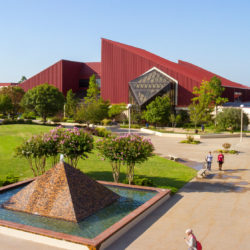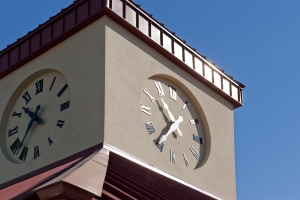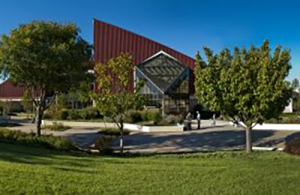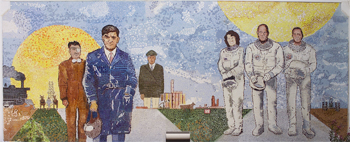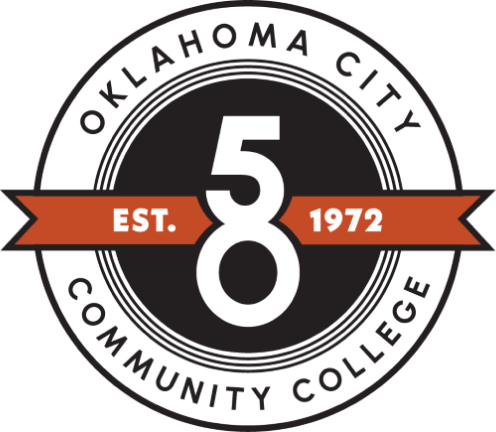Mosaics Aerospace Oklahoma
Aerospace Oklahoma
Click on panel for more detail
Major General Clarence L. Tinker
1887 - 1942
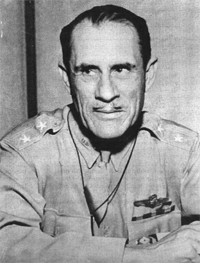
Maj. Gen. Clarence L Tinker, a native Oklahoman and part Osage Indian, lost his life while on a combat mission against Midway Island during World War II in the Pacific.
In the aftermath of that fateful flight, questions abound concerning Tinker the man, the aviator and the general.
However, since radio silence had been ordered for the pre-dawn attack, no communication was possible and the victims' perception will never be known.
Tinker - The Man
Tinker was born Nov. 21,887, in the Osage nation north of Pawhuska the son of George Edward Tinker and Sarah Anna Schwagerte.
His father was the founder and publisher of the Wah-Sha-She News, Pawhuska first newspaper, and Tinker worked in the print shop during his youth.
Tinker received his early schooling at the Osage Indian Boarding School in Pawhuska and the Haskell Institute, the famous Indian school in Lawrence, Kansas.
Tinker's formal military education began when he enrolled in Wentworth Military Academy, Lexington, Mo. After graduation in 108, he entered the uniformed service as a third lieutenant in the Philippine Constabulary.
He gained a commission in the United States Army Infantry in March 112.
Tinker - the aviator
While serving in the Hawaiian Islands in 1913, Tinker met and married Madeline Doyle of Nova Scotia. Instructor assignments took him to Arizona and Texas during World War I and to California after the war.
In 1920, Tinker joined the Air Service and began his flying career. Graduating from the Army's Command and General Staff School in 1926, he became the Assistant Military Attache for Aviation in London.
A few months after arriving in Great Britain, he earned the Soldier's Medal for rescuing a Navy pilot from their burning aircraft wreckage.
Tinker returned to the United States in 1927 and became Commandant of the Air Corps Advanced Flying School, Kelly Field, Texas.
Beginning in 1930, he commanded various pursuit and bombardment units at Mather, March and Hamilton Fields in California, Barksdale Field in Louisiana and MacDill and Drew Fields in Florida.
He also served for three years in Washington, D.C., as chief of the Aviation Division, National Guard Bureau.
Tinker - The General
Shortly after the surprise attack on Pearl Harbor, Tinker was appointed commander of the Air Forces in Hawaii to reorganize the air defenses of the island.
Tinker set about to bolster his new command due to his opinion that"... the Air Force will be the controlling factor in all wars, including this one."
In January 1942, the general pinned on his second star and became the highest-ranking officer with Native American ancestry in the United States Army.
While participating in his planned, long-range bombing attack against the Pacific enemy, Tinker's LB-30 "Liberator" fell out of formation and disappeared into the clouds below.
Rescue personnel failed to find any trace of the aircraft or its missing crew and, with the loss, Tinker became one of three Army generals to lose his life in World War II.
Lt. Gen. Delos C. Emmons, military governor of Hawaii, later said, "He died knowing that he had an important part in winning a great victory."
On Nov. 10, 1942, the State Department awarded a posthumous Distinguished Service Medal to Tinker's widow for her husband's gallant action in personally leading the dangerous charge.
Presenting the medal was Lt. Gen. Henry H. "Hap" Arnold, commanding General of the Army air forces, who on Oct. 15, 1942, designated the Oklahoma City Air Depot as Tinker Field in honor of the base's namesake.
